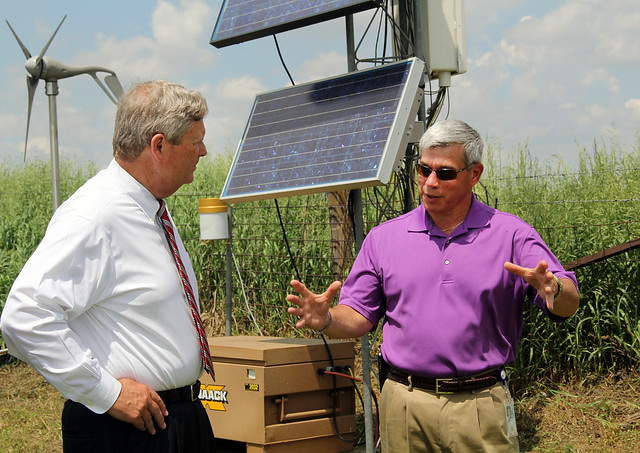
Just over a year after the establishment of the USDA Climate Hubs, we are keeping our promise of “developing the next generation of climate solutions” through regional vulnerability assessments. By October 2015, eight regional vulnerability assessments will be available on the USDA Climate Hubs website.
The regional vulnerability assessments not only reflect the regional effects of climate change, but also the unique challenges land managers are facing. They provide targeted adaptation strategies to mitigate the risks of climate change and build resilience. These assessments are the first step in establishing a baseline understanding of the effects of climate change on working lands across the country and provide information to our stakeholders so that they can make decisions that are informed and proactive.
Through the vulnerability assessments, the Regional Climate Hubs provide land managers and agency partners with an introduction to the regional sensitivities and climate adaptation strategies for working lands. In addition, each vulnerability assessment includes a greenhouse gas emissions profile with mitigation opportunities, and an overview of how partner USDA agencies are being affected by a changing climate.
For example, in the Northern Plains vulnerability assessment, factsheets for the primary crops and forest types were developed. These factsheets include crop or forest specific risks (e.g., hotter growing seasons with earlier arrival of spring), vulnerabilities (e.g. greater frequency, duration, and intensity of drought can reduce production), and adaptation strategies (e.g., genetic development of cultivars through breeding programs can help offset negative effects of drought) to help land managers and USDA partners establish a common understanding of the vulnerabilities on the ground.
To find the latest vulnerability assessment for your region, as well as a variety of other tools and regional climate information check out the hubs website: http://climatehubs.oce.usda.gov/
